The making of a Bonifacio sculpture
For a hero stranger than fiction
A worldwide pandemic. Soviet satellites that spew a debris storm that could obliterate the planet. Social media that steals elections as well as traffics children. And — the unkindest cut of all — the theft of S&R membership data. This is the day and age we live in that could not have been invented by science fiction.
It’s no wonder that “dystopia,” the deep, dark opposite number of a blessed, sunlit utopia, weighs heavily on everyone’s minds.
The Philippines in 1896 was such a dismal place. Ruled by an alien culture that had destroyed everything that gave us our bearings, Filipinos were as anchorless as a ship lost in space, and as helpless. Make no mistake, there were rebellions every year against the Spanish for the length of their 300-year reign. However, because of each revolt’s isolation there was never a single, united front.
That is, until the arrival of Andres Bonifacio, a hero stranger than any fiction, whose birthday we celebrate on Nov. 30.
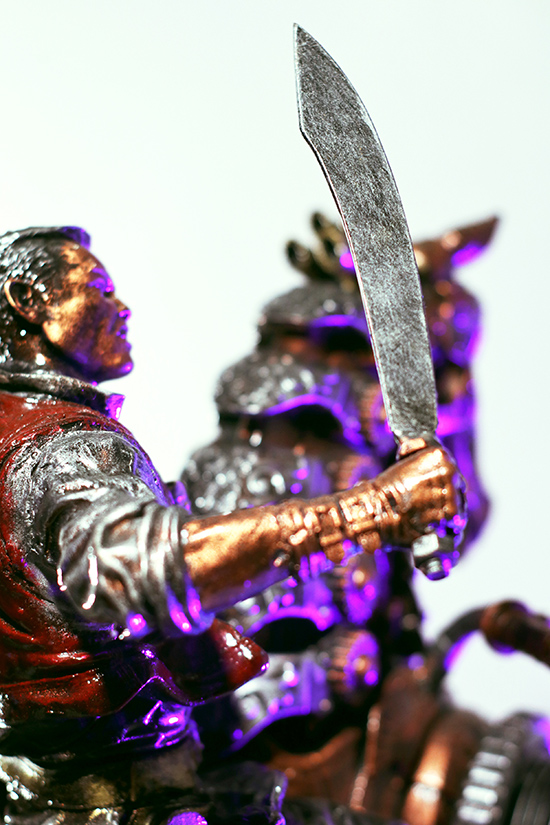
Bonifacio employed two simple methods: he wrote in Filipino, as opposed to Rizal’s eloquent Spanish, and employed “mass media,” that quaint form of communication before Instagram and Tiktok.
He published a newspaper called Kalayaan (or “Freedom”) and circulated it clandestinely, resulting in some 30,000 conversions to his cause, the Katipunan brotherhood. With his essays and those written by his best friend, Emilio Jacinto, he put into words the sentiments of an entire people. From there, it was easy to form an army and lead them into a just war.
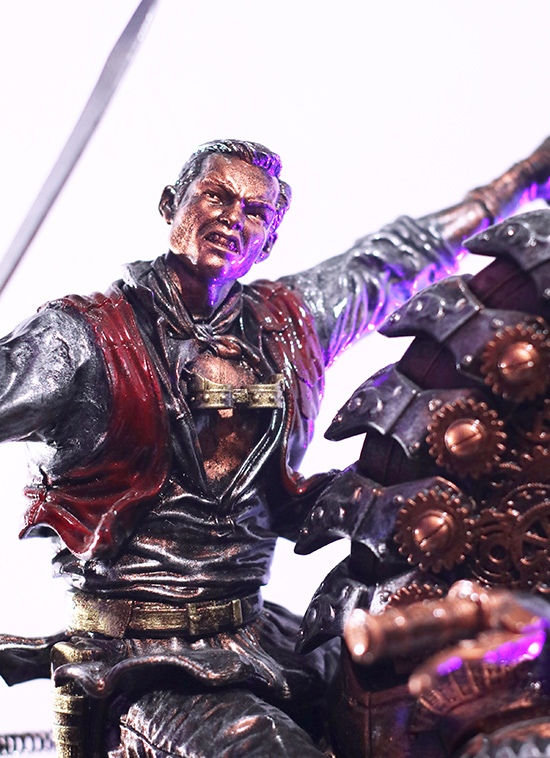
This year, two artists have busied themselves with creating a pantheon of Filipino heroes to be unveiled early in 2022. They are steampunk virtuoso Ram Mallari Jr. and his protégé Megs Empinado. Megs happens to be a CG artist and art director who has worked in game development and a millennium high-tech skill called rapid prototyping for various American superheroes.
Their lead champion for the collection is Andres Bonifacio.
“Bonifacio is among the most important figures in Philippine history and is considered to be the father of the Philippine Revolution,” explains Megs. “While his life story is a bit gray and his death is shrouded in controversy, his contributions are indisputable and make him a truly national hero. There's no way he's not on the list.”
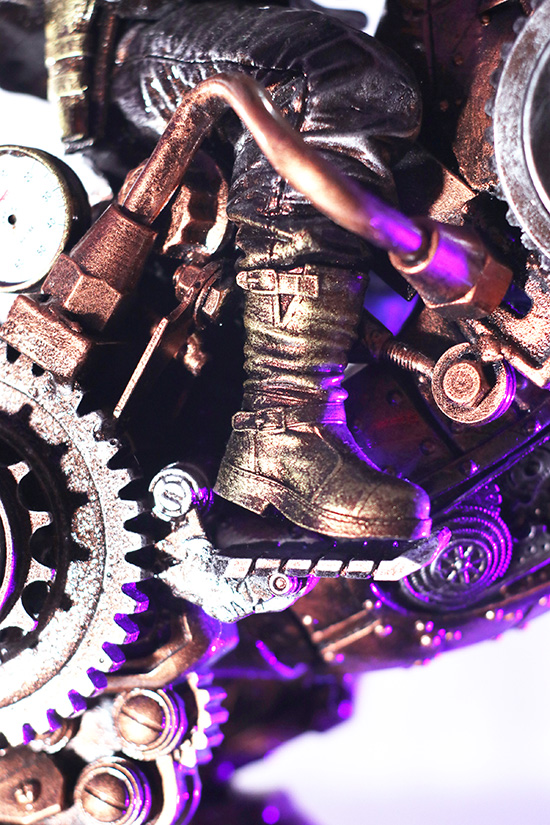
To create the Bonifacio sculpture, the artists exchanged ideas, did extensive research, and made the thousand and one adjustments and revisions to make sure that “the ultimate outcome was as close as possible to perfection.”
The entire process begins with Megs while Ram subtly nudges its direction. Every step of the way is collaborative and the two have found that they mesh well together.
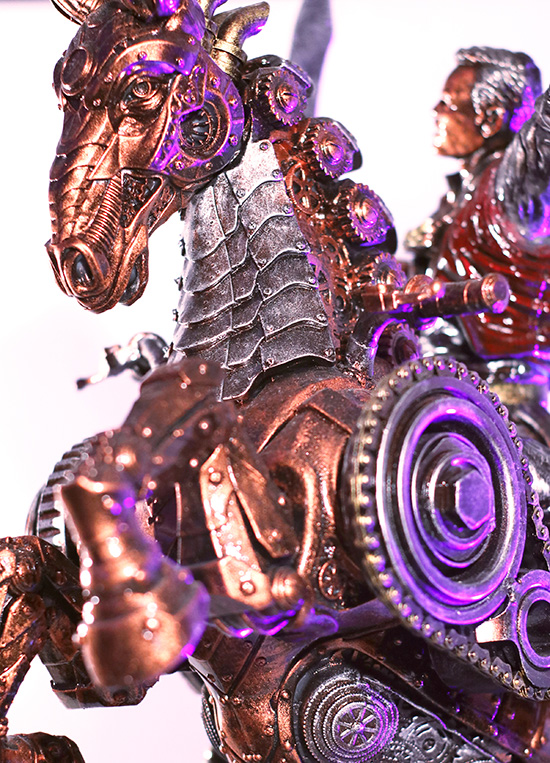
The result is a Bonifacio that’s not your usual idea of the man. “Usually, he is depicted as poor, barefoot, and even uncultured which is simply contrary to his true story,” says Megs, “and that is why we mounted him on horseback to make him as majestic as he deserves.”
Ram takes up the thread of the talk: “Then I added gears, cogs, gauges and mechanical details to the horse and the base to produce a more steampunk look to the sculpture.” The entire piece is made of metal and resin and is what is called a “table-top” work that measures 22 x 13 x 26 inches (or 56 x 34 x 67cms). It has the look of weathered gunmetal, copper and bronze, the kind that is shot out of an old cannon in a forgotten, unwinnable conflict.
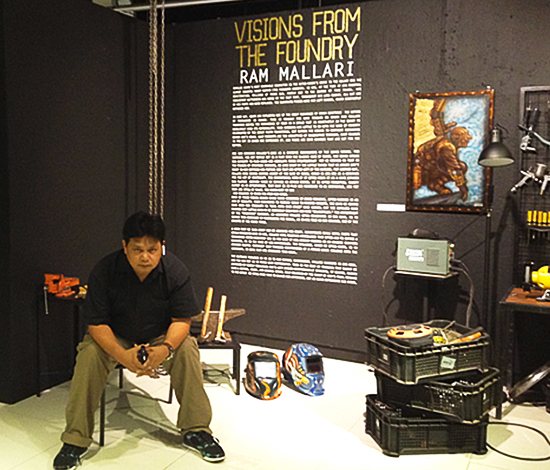
Steampunk is the theme of the entire collection, not only because it rings true to the various heroes’ 19th-century origins but also conveys the surreal world they lived in. To fight an evil empire with a more powerful technology, Filipinos employed their imagination and the odds and ends that they could find and cobble together to use in that great revolution.
They were using invisible ink and coded messages, devising poisoned gunpowder; there were shadowy couriers and secret meetings. It was a poetic but dangerous world and the sculptures by Ram and Megs seek to express this.

The concept of steampunk resonates with Ram in particular, on a highly personal level. “In more ways than one,” he declares, “it changed my life for the better and actually saved my entire well-being. It gave me sanity in an insane world.”
Thus Bonifacio wears “Victorian-era clothing” true to steampunk, notes Megs, with a kerchief tied around his neck to keep the look of a katipunero warrior. He carries the famous bolo in one hand but also a flintlock in the other; and is shod in motocross boots like a proper Mad Max. Best of all, he says, “We gave him a rebellious expression to show his extreme goal of liberation from the colonizer.” All in all, the hero is part space cowboy, part avenging angel.
“He’s the first hero that we created,” says Ram. “Right,” agrees Megs, “Bonifacio is the hero we love. He’s ours!”
And so, 158 years after his birth, Andres Bonifacio lives on.



